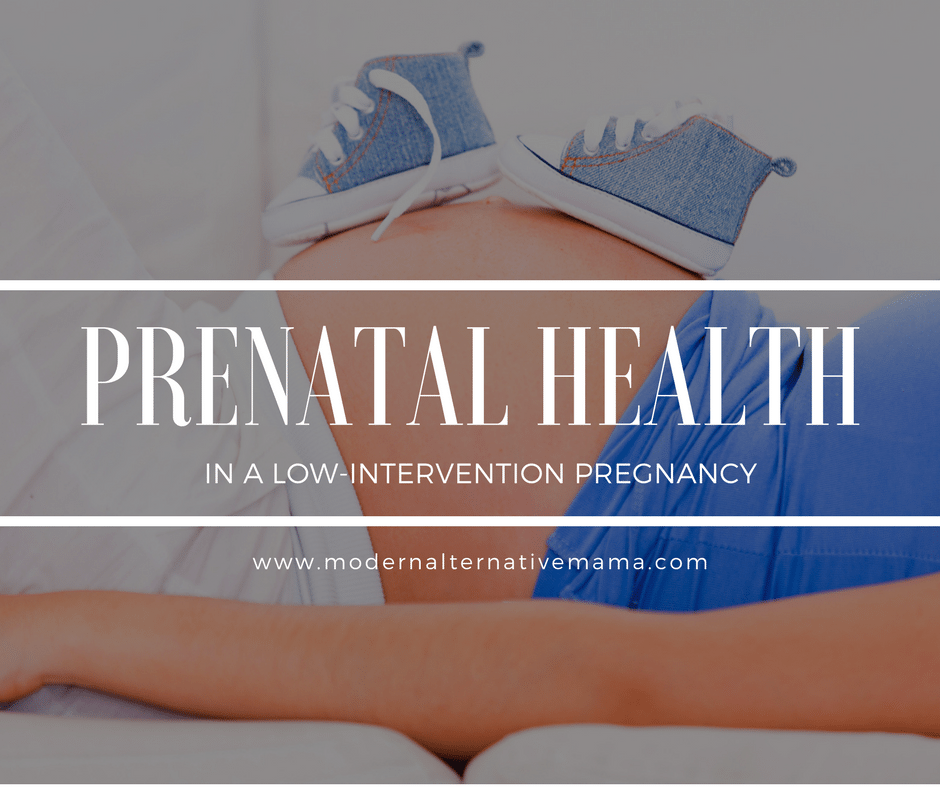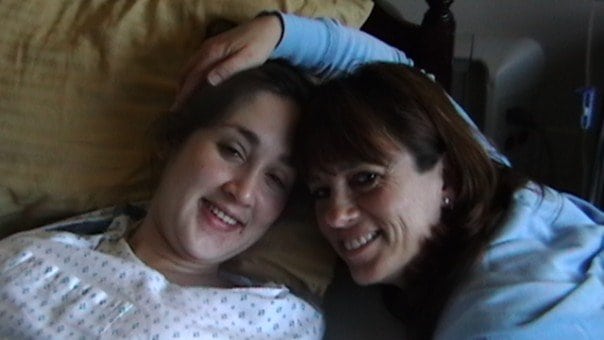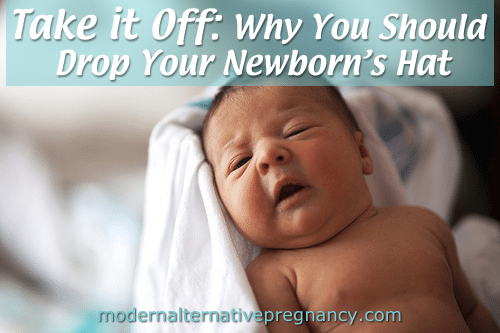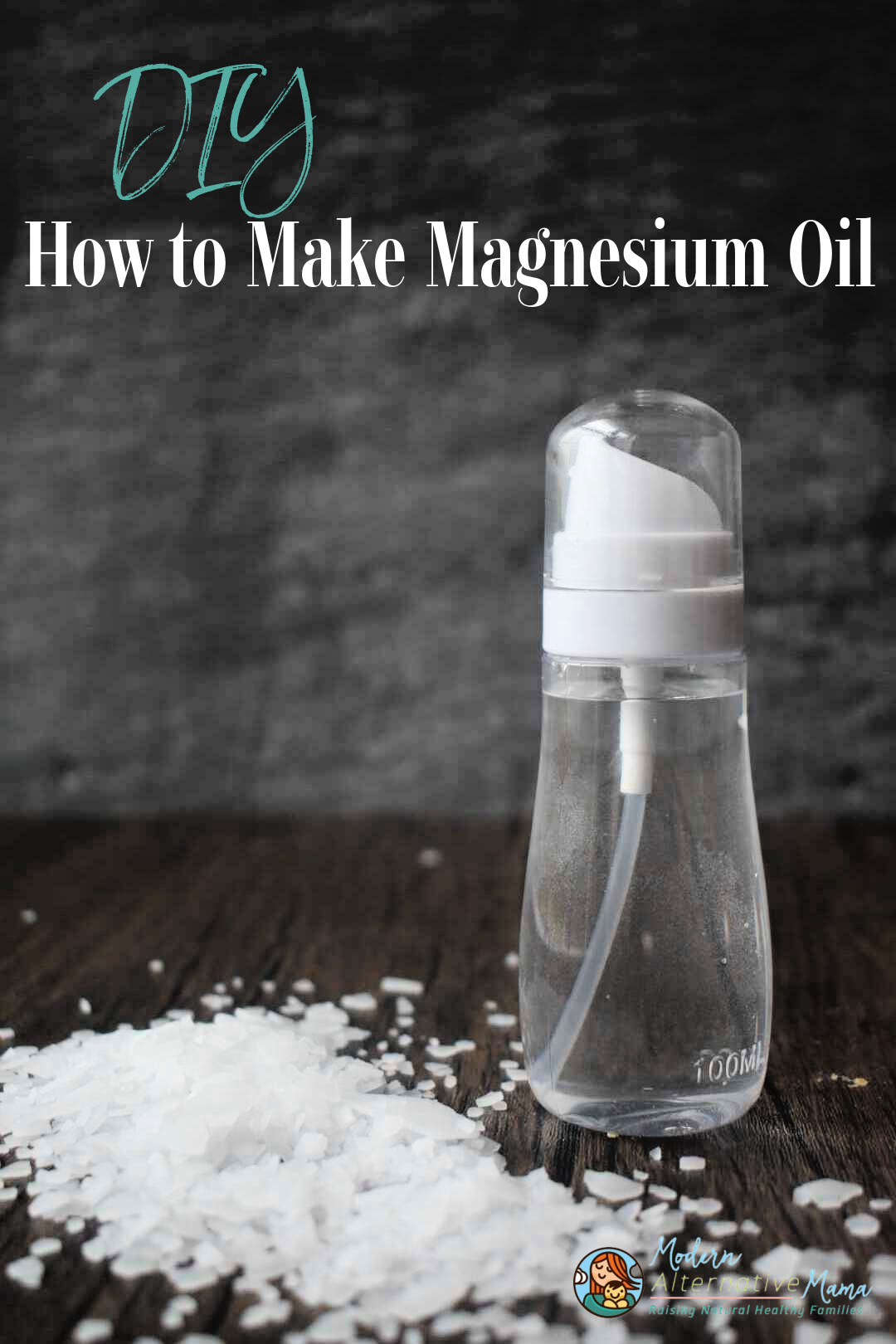Last week, I shared Why I’ve Chosen a (Very) Low-Intervention Pregnancy. The reaction was mostly positive, but some people did have some questions about my approach. For example, what if something goes wrong? And also, what am I actually doing to maintain health?
The truth is, when you choose a natural path, you don’t just “do nothing” and hope it all works out, because, you know, “it’s natural.” In fact, there are a lot of things that people choose to do instead, to maintain their health and promote overall wellness.
Such is the case for me. While I don’t feel that all the mainstream testing and hoopla is for my benefit, I’m definitely taking my health seriously. In fact, I’m being more careful and doing more, as far as “natural interventions” in this pregnancy than I have in any of my other ones!
As with my previous post, this one isn’t to recommend anything in particular to anyone. This path — some or all of it — may not be for you. It’s simply my story, my experience, the choices I’ve made to protect my own health and that of my unborn baby. If you’re on a similar path, I hope you find some new ideas (and run them by your midwife, and/or do your own additional research before including them).
What If Something Goes Wrong?
As this is the most common concern, it’s the one I’m going to address first.
At every point in pregnancy — or even in life in general — everything’s a risk/benefit situation. When I’m feeling healthy and well and there are no indications of any problems, then I don’t feel the need to intervene. But if that were to change at any point, then the choices I make as far as testing and treatment might, too.
For example, if I developed a pattern of higher-than-normal blood pressure, or noticed swelling my legs, found moderate to high sugar or protein in my urine test, felt very dizzy or nauseous (and it wasn’t related to an acute illness), didn’t feel my baby move for several hours, experienced unusual pain — I’d get it checked out. When I was pregnant with my oldest son, I fainted when I was around 34 weeks pregnant. I called my midwives, who advised I go to the hospital and see what was up. I did, was tested in L&D, told things were fine (they didn’t know what was wrong) and released. It was the appropriate move at that time.
Similarly, if any complications arose in labor then we’d get an assessment and transfer, if needed, to the hospital. If my baby or I were in real danger and required a c-section, then we would do it.
Plans can change. It’s not “natural or bust.” I keep an eye on many things and if anything out of the ordinary pops up, then I seek guidance from my midwives or do some research on my own, and if needed, I get checked out. It’s always smart to keep assessing and re-assessing your situation and your level of risk. But there’s no need, in my opinion, to act as if your risk were greater than it is and get a bunch of unnecessary testing and interventions. Those can lead to their own complications.
Ultimately, I make my choices based on my personal history and situation. I look at the most likely outcomes and what I think is going to be the most beneficial for myself and my baby. I don’t make my choices based on preventing the rarest “what if” situation. That can lead to a mediocre outcome instead of a great one, which a lot of people seem to think is fine — “At least the really bad thing didn’t happen.” But I don’t think like that. I want the best possible outcome for both myself and my baby, and I make choices to help that happen.
Balance. It’s always about balance.
A Healthy Diet is the Foundation
My idea of what makes a “healthy diet” has certainly changed through my pregnancies!
With my oldest, I had lots of salads (with GMO-soybean-based dressing), canned fruit, (white) pasta, etc. I ate a lot of boxed meals and fast food. I thought I did pretty well.
Then, I learned about the Weston A. Price pregnancy diet and the Brewer diet and tried to follow more closely to those in my later pregnancies. They’re very high in protein and WAP especially is very heavy on animal products (milk, eggs, organ meats). They don’t talk a whole lot about fruits and veggies.
This time, I took bits of what I’d learned from those resources and also listened to what my body wanted. I found that if I ate certain things my morning sickness was much less than if I ate other things. And, those things I craved? They were mostly fresh foods, lots of plant foods. I figured my body must want these for a reason. Also, I felt averse to eating chunks of meat or things that were very high in fat.
I was not averse to protein in general, though! I enjoyed hummus, beans in soups, liverwurst, whole grain breads, and smaller bits of meat in soups or salads.
As the pregnancy progressed (I’m now 22 weeks), I have wanted more fat and more protein, and especially more milk than I did in the early weeks. If this is anything like it was last time, then I’ll crave milk, eggs, and nuts quite a lot in the final weeks of pregnancy and the early weeks of breastfeeding.
So bottom line, what did and do I eat?
Fresh Juice and Smoothies
This was almost always my go-to, especially in the early weeks. When nothing else sounded good, or even when I felt sick, fresh juice and smoothies made me feel better. I make smoothies with frozen organic mango (for natural sweetness), frozen organic berries, filtered water, and hemp oil. Sometimes I did strawberry/lime smoothies with honey, and sometimes I added yogurt or kefir to my smoothies too.
I bought a juicer right after Christmas and then I started to make fresh juice a lot more often. These are my favorite combinations:
- Apple-kale-lemon-ginger (sometimes I use collard greens instead of kale, or other greens)
- Orange-carrot-lemon-ginger
- Pineapple-orange-kale
I like lemon and ginger a lot (obviously — and they’re both beneficial for morning sickness) and I always use more vegetables than fruits. Sometimes I toss in parsley, mint, or other herbs. I vary whether I make juice or smoothies each day because I believe both are valuable. Smoothies provide whole fruit with the fiber, plus the addition of hemp oil or yogurt, and I sometimes tossed in collagen peptides too. (Gelatin is really beneficial, and collagen peptides are a form of gelatin.) Fresh juice is valuable because it provides really concentrated nutrients that are easy to digest.
I typically have smoothies and juice first thing in the morning and follow with a hearty breakfast. I get 3 – 4 servings of fruits/veggies per day just from this.
Veggie-Heavy Soups and Stews
I normally prefer creamy soups but found myself wanting tomato and broth-based soups instead. Broth is a great way to get gelatin, plus a lot of trace minerals and protein without eating meat. I liked to make veggie soups with both chicken stock and tomato juice as the base, plus plenty of beans.
Taco salads are another thing I enjoy. Also, other salads with beans and cheese, and dishes like creole chicken (which is mostly veggies with a little chicken, served over rice). These veggie-heavy dishes made it easier to eat a little bit of meat without it being overwhelming. I also liked taco potatoes a lot.
Basically, many meals were veggie-based and included small amounts of meat, cheese, and other foods.
Whole Grains
I craved whole grains and felt averse to white-flour foods (which spiked my blood sugar and made me nauseous). I ate a lot of whole wheat bread, some brown rice. I began to make whole wheat sourdough bread again. Often my breakfasts in the early weeks would consist of whole grain toast or low-sugar muffins with a smoothie. Many snacks were whole grain crackers and cheese.
Organ Meats
Yeah, they say it’s good for us (it is), but…who wants to eat it?
Actually, this time, I do. I don’t do liver fried up on a plate, or even chopped into stews. But liverwurst, I love, and I’ve found a good local source for it, that’s additive-free. Many times I have simply had liverwurst on whole grain sourdough bread as a snack or for dinner. When I have not had liverwurst, I have tried to take liver pills, and I have tried to keep up with large doses of cod liver oil (more on that in a minute).
It was interesting to me — I didn’t really want muscle meat much, but I craved the organ meats and bone broth. We need muscles, organs, and broth in order to make complete and balanced proteins (they each have a different balance of amino acids). I found I needed very balanced sources of protein and not just lots of muscle meats all the time.
Fermented Foods
I chose early on not to continue taking probiotic supplements as none of the ones I had seemed to be helping — and even seemed to cause some unpleasant symptoms at times. Instead, I drank kombucha sometimes (which was hard for me to tolerate especially early on, possibly because of the cane sugar used in culturing it), and ate a lot of fermented pickles. I try to have something fermented every day. Here’s how to make your own kombucha.
Foods I Avoided
Any form of sugar, except small amounts of raw honey and whole fruit. After a while, I included small amounts of maple syrup and coconut sugar too. Any amount of cane sugar caused me to feel worse, and especially if I ate any right before bed, I would probably experience nausea and vomiting the next morning…even well into my second trimester. It was just not worth it.
Food additives. This was not always possible, and if faced with the choice of less-than-ideal food or not eating, I chose to eat. Not eating was most definitely worse. But, I noticed increased nausea, bloating, and other unpleasantness when eating food with a lot of additives in it. Eventually, I got to the point where even swallowing the first bite of food would cause a sensation of gas/bloating and I would know not to eat that food. (It usually happened with restaurant foods or those high in sugar/white flour.)
Basically, my goal was a diet filled with very fresh, whole foods — lots of fruits, vegetables, and whole grains with some milk, butter, eggs, and meats (including organ meats). I especially prioritized produce and tried to buy everything as clean/organic as possible.
Supplements To Fill in the Gaps
I do also take a few supplements, but not many. I’m very careful that the supplements I take are completely natural. I do not take a traditional prenatal vitamin at all. I don’t even take my own homemade prenatal vitamin — I tried it in two different forms (tincture and honey-based) in the early weeks and I simply could not stomach it. Occasionally, I do prepare the blend of herbs as an unsweetened tea, though, which seems to be easier for me.
Cod Liver Oil
This is the single most important supplement I take. I know, lots of people in the “natural” community talk about it, but it’s true. I’ve been taking it on and off for about four years now. When I take it, I notice I get fewer colds, I have less anxiety, more energy, and all around feel better. That’s enough evidence for me that it’s beneficial. Never mind that it’s filled with important omega-3 fatty acids, critical to baby’s brain development. I try to take 2 – 3 tsp. per day, although I forget some days (another reason I take a big dose — so I’m “covered” if I forget for a day or two). This is the one that I use: Earthley’s Cod Liver Oil
Magnesium Lotion
This one is pretty important too. I’ve started using this recipe, as I like it better. I use it on my kids, now, too — it’s really helped them to sleep better and avoid colds (or get over them much more quickly). I was surprised at that last part because it wasn’t a benefit I’d ever read about, but I noticed one child who’d had a bit of a lingering cough finally kicked it after I started the magnesium regularly.
Anyway, magnesium has been shown to help with morning sickness, restless legs, leg cramps, insomnia, headaches, and more. It can help prevent constipation and even pre-term labor. It’s pretty important in pregnancy! Plus, I blend the magnesium with cocoa butter, shea butter, coconut oil, and apricot oil, which helps to prevent stretch marks when I rub it on my belly. I start out using only 1/2 tsp. or so at the beginning and I use more and more as pregnancy progresses — as much as I feel I “need” to. (I was coating my arms, legs, and belly with it in the final weeks of my fourth pregnancy, just to be able to sleep at night and not be sore.)
Pregnancy Tea/Gelatin/Liver Pills
These are all supplements I use “sometimes.” I do not do them daily. This is how I make the liver pills. I will probably do the pregnancy tea more often in the later part of pregnancy, especially the final 4 – 6 weeks. It contains nettles and red raspberry leaf, which help to nourish and tone the uterus for a healthy and easy delivery.
Detox Baths
These aren’t so much for “detox” as to maintain health. When not pregnant, I use clay and very hot water. When pregnant, I use bath salts or baking soda and warm water. They help ease sore muscles and get over illness faster (along with plenty of rest). It’s not exactly a supplement, but it’s something I do pretty often. I love this Herbal Detox Bath tea.
Midwives’ Appointments for Professional Care
I don’t do a lot of appointments, but I do do some. And at each, I:
- Weigh myself
- Measure fundal height
- Listen to baby’s heartbeat with fetoscope (starting at 18 weeks)
- Feel for baby’s position
- Test urine for protein/sugar
- Check for any swelling in legs
- Check blood pressure
These are non-invasive tests that could give clues that maybe, further intervention is needed. I am comfortable with that, at this time. I also spend time talking through my pregnancy experiences and birth hopes, so that my birthing team is on the same page I am.
My Goals
I take pregnancy health very seriously. Eating well and taking key supplements to maintain health is very important to me, and will continue to be after my baby is born and I am healing and my baby is exclusively breastfeeding. I monitor any unusual symptoms — even ones that are “normal” like constipation — for clues on what else I may need to be doing to maintain optimal health.
Also, I try to get some exercise — usually stretching and walking. I notice I feel better in general when I do. It’s important to me to maximize my “healthy living” for an optimal pregnancy outcome.
Can a “perfect” diet and natural-living plan guarantee a positive outcome? Of course not. But neither can all the testing and intervention in the world. Nothing can guarantee a positive outcome. I choose to go with natural, until/unless there is a reason to do more.








What would you do for swelling in your legs. I had my kids in birth centers. The midwives never mentioned anything about it. I thought it was normal. My blood pressure and sugars were all normal.
[…] If you haven’t heard the good news yet, we’re expecting our fifth baby early this summer. We’ve chosen a low-intervention pregnancy (see what that means for our prenatal care). […]